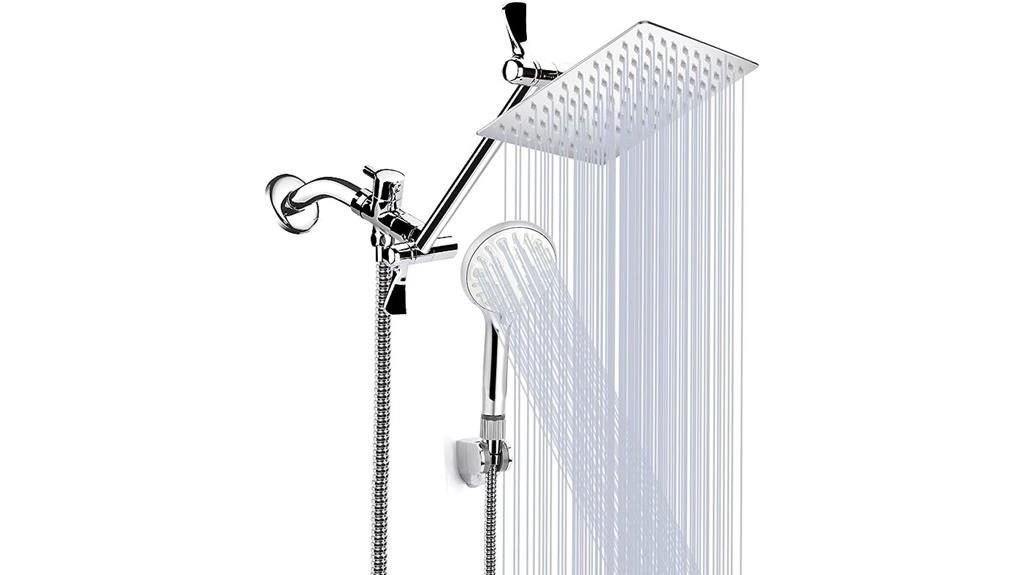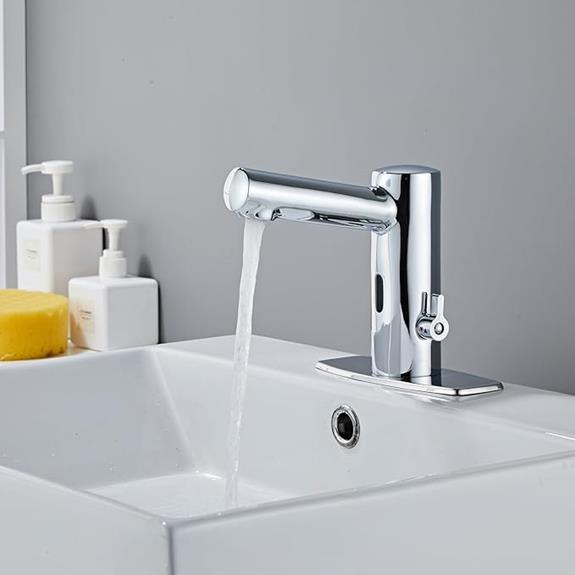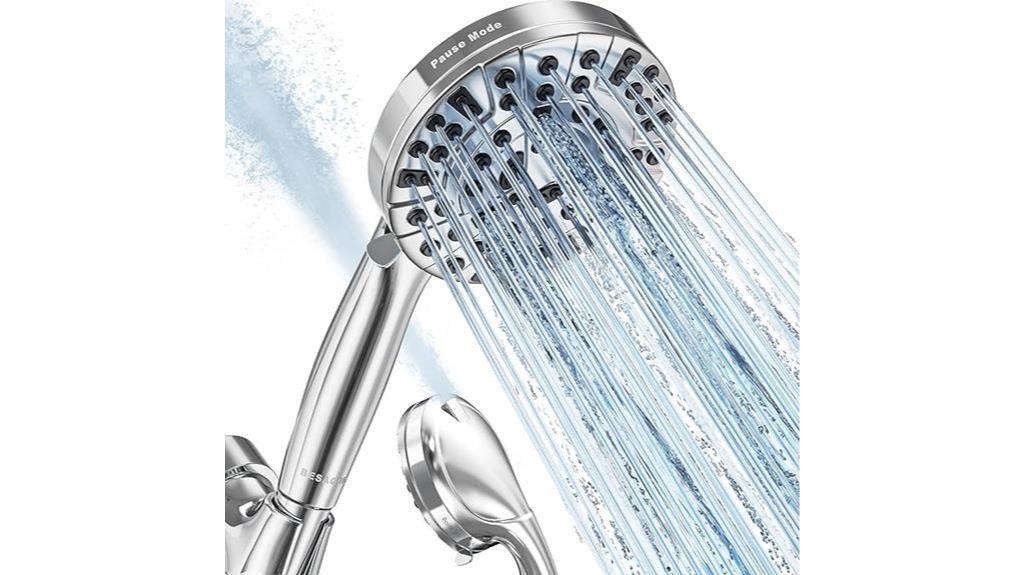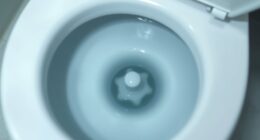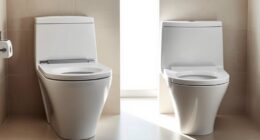Did you know that over 2.5 million tons of cat litter ends up in landfills every year? As cat owners, we have a responsibility to consider the environmental impact of our choices.
One question that often arises is whether it is safe to flush cat litter in the toilet. In this article, we will explore the potential risks to plumbing, health, and safety, as well as alternative methods for cat litter disposal.
Let’s delve into the facts and master the best practices for a greener approach.
Key Takeaways
- Flushing cat litter can lead to environmental contamination and health risks.
- Cat litter contains materials that can clog pipes and sewer systems.
- Composting cat waste is a sustainable alternative to flushing.
- Choosing biodegradable and eco-friendly cat litter brands and properly disposing of used litter can minimize environmental impact and maintain cleanliness.
Environmental Impact
The environmental impact of flushing cat litter in the toilet is significant and should be carefully considered. When it comes to waste management, flushing cat litter down the toilet may seem like a convenient option. However, this practice can have detrimental ecological consequences.
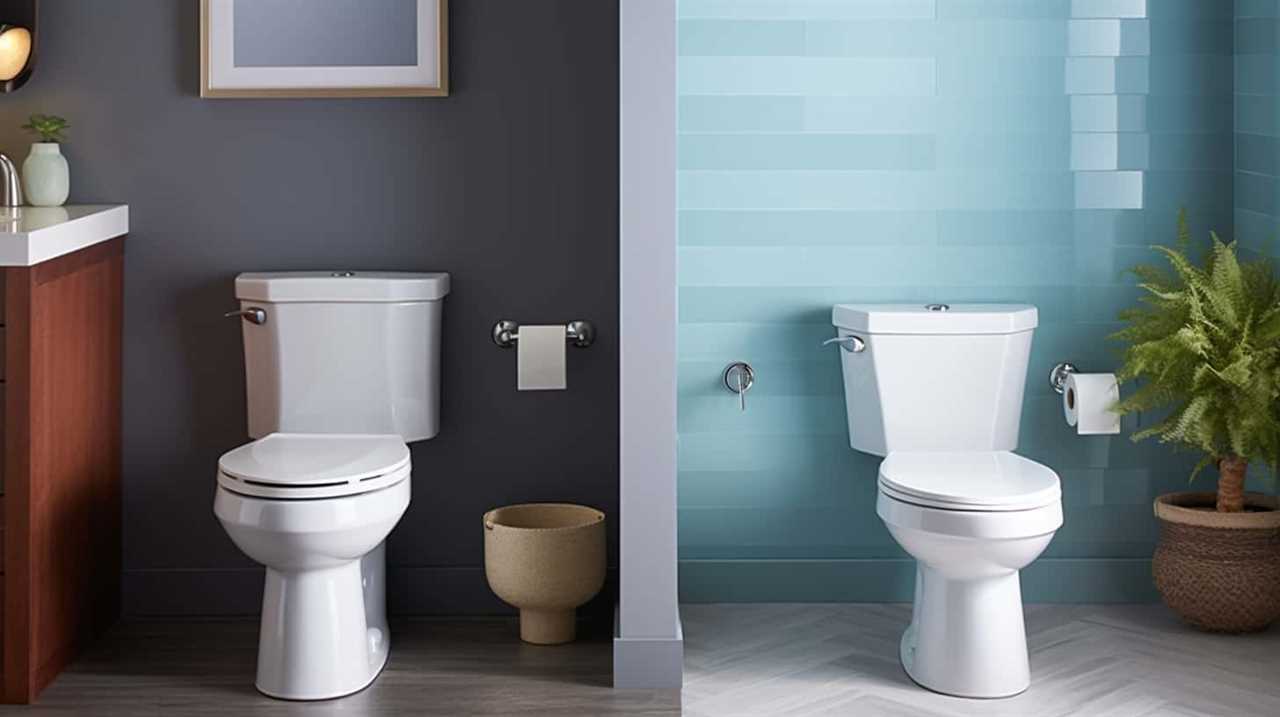
Cat litter often contains clay, silica, and other materials that don’t break down easily in water. These substances can clog pipes and sewer systems, leading to costly repairs and maintenance.
Additionally, cat feces may contain harmful pathogens and parasites that can contaminate water sources, posing a risk to human and animal health.
Furthermore, the chemicals used in some cat litters can be toxic to aquatic life when they enter water bodies.
Therefore, it’s crucial to explore alternative methods of cat litter disposal that prioritize both waste management and environmental conservation.

Plumbing Risks
Flushing cat litter in the toilet poses potential plumbing risks that shouldn’t be overlooked. One of the main concerns is clogging issues. Cat litter is designed to clump together when exposed to moisture, making it highly likely to create blockages in the pipes. The clumps can accumulate and restrict the flow of water, leading to backups and potential damage to the plumbing system.
Moreover, flushing cat litter can also cause sewage system damage. The litter itself may not dissolve easily in water, and its accumulation in the sewage pipes can lead to blockages and even breakages. This can result in costly repairs and disruptions to the sewage system.
To avoid these plumbing risks, it’s recommended to dispose of cat litter in the trash instead of flushing it down the toilet. This will help maintain the functionality and integrity of the plumbing system, preventing potential clogging issues and sewage system damage.
Health and Safety Concerns
Now let’s delve into the health and safety concerns that arise when flushing cat litter in the toilet.

There are two main issues to consider: toxicity risks and potential clogging.
Cat litter often contains clay, silica, or other materials that can be harmful if they enter the water supply. These substances can contaminate the environment and pose a risk to aquatic life. Additionally, cat waste may contain harmful bacteria and parasites that can cause illness in humans.
Flushing cat litter also presents a risk of clogging the plumbing system. Cat litter is designed to clump and absorb moisture, which can lead to blockages in pipes and drains.
Therefore, it’s recommended to avoid flushing cat litter in the toilet. Instead, there are safer alternatives for disposing of cat waste.

Alternatives to Flushing
To dispose of cat waste safely, we can explore alternative methods rather than flushing it down the toilet. There are several eco-friendly options available for cat litter disposal, such as composting methods.
Composting cat waste can be a sustainable solution that reduces the environmental impact. There are specialized composting systems designed specifically for pet waste, which use high temperatures to break down the waste and eliminate any harmful pathogens. These systems can be set up in your backyard or you can find commercial composting services that accept pet waste.
Composting cat litter can help reduce the amount of waste that ends up in landfills and can also be used as a nutrient-rich fertilizer for non-edible plants. Transitioning to composting methods is an excellent alternative to flushing cat litter, as it promotes environmental responsibility and sustainability.
Now, let’s explore the best practices for cat litter disposal.

Best Practices for Cat Litter Disposal
One important step in responsible cat litter disposal is to ensure that we follow best practices. Proper disposal not only helps to maintain cleanliness but also minimizes the impact on the environment. Here are some best practices to consider:
- Choose cat litter brands that are biodegradable and eco-friendly. Look for labels that indicate they’re made from natural materials and can be safely disposed of.
- Regularly clean and maintain the litter box to prevent odor buildup. This includes scooping out waste daily and replacing the litter as needed.
- Seal the used cat litter in a biodegradable bag before disposing of it in the trash. This helps to contain any potential contaminants and reduces the risk of spreading diseases.
Frequently Asked Questions
Can I Flush Cat Litter Made From Biodegradable Materials?
We shouldn’t flush cat litter made from biodegradable materials due to the environmental impact. Flushing can introduce harmful bacteria, parasites, and toxins into the water supply, posing risks to human and aquatic health.
Are There Any Specific Types of Plumbing Systems That Are More Prone to Clogging From Flushing Cat Litter?
Specific plumbing systems may be more prone to clogging risks when flushing cat litter in the toilet. It is important to consider the type of plumbing in your home and consult with a professional plumber for guidance.
Can Flushing Cat Litter Lead to Contamination of Water Sources?
Flushing cat litter in the toilet poses contamination risks and has an environmental impact. It can introduce harmful bacteria and chemicals into water sources, endangering both human health and ecosystems.
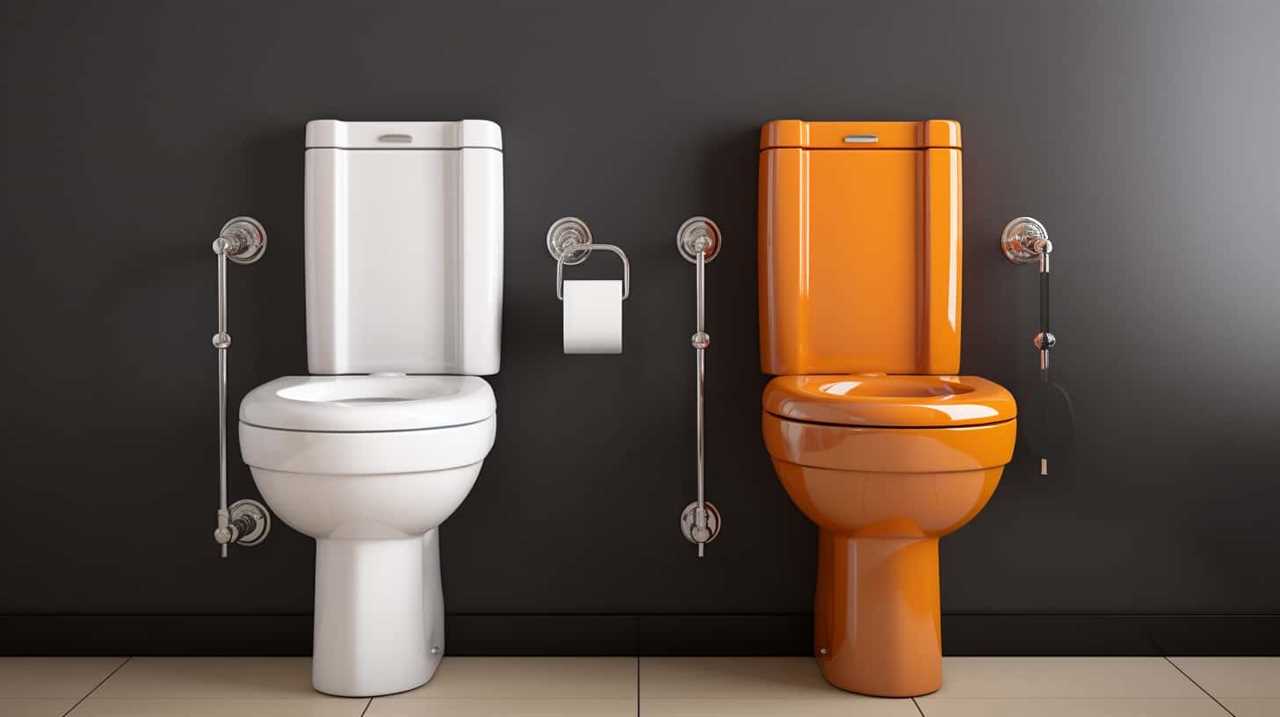
What Are the Potential Risks of Flushing Cat Litter for Pregnant Women or People With Weakened Immune Systems?
Flushing cat litter during pregnancy or for those with weakened immune systems can pose potential risks. It is important to consider the potential contamination of water sources and the increased likelihood of exposure to harmful bacteria or parasites.
Are There Any Special Considerations for Disposing of Cat Litter in Apartments or Buildings With Shared Plumbing Systems?
When considering disposing cat litter in shared plumbing systems, it is important to explore alternative methods. Flushing litter can lead to clogs and damage pipes. Instead, try using biodegradable litter or sealing it in a bag and throwing it in the trash.
Conclusion
In conclusion, flushing cat litter down the toilet may seem convenient, but it poses serious risks to the environment, plumbing, and human health.
Instead, consider using alternative methods such as composting or using biodegradable litter.
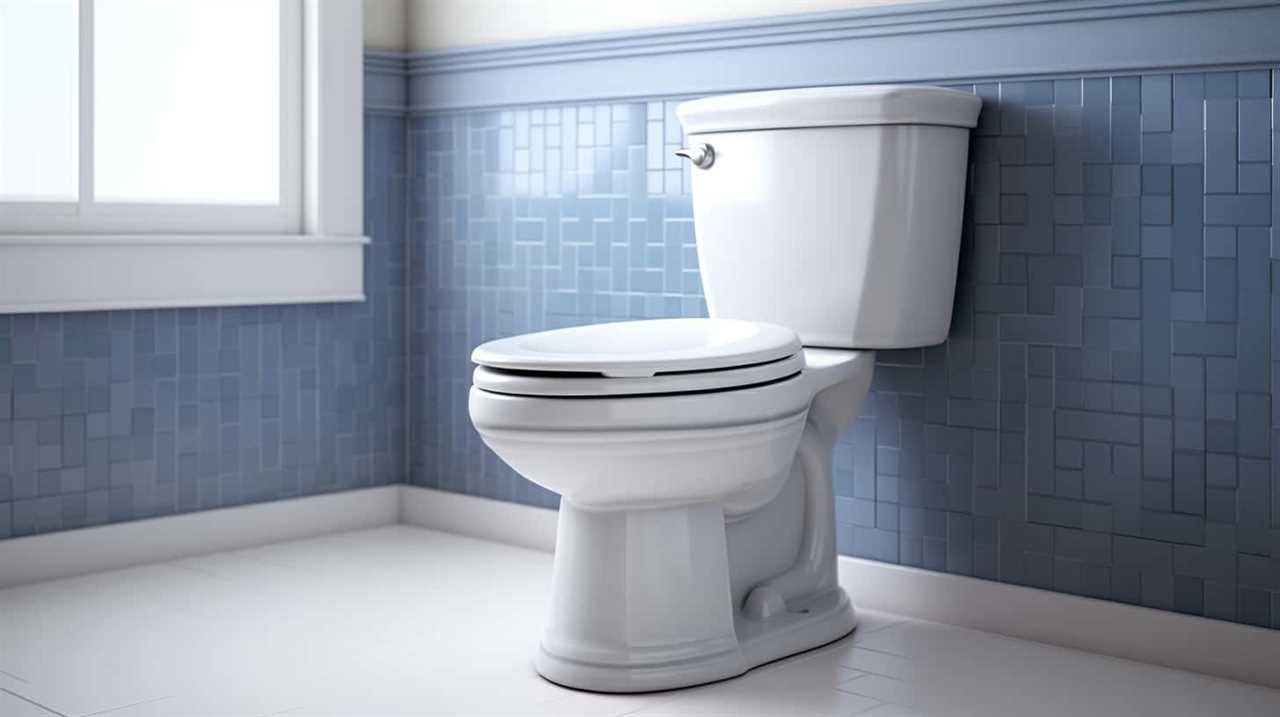
To ensure the best practices for cat litter disposal, always follow local regulations and guidelines.
Remember, just like a delicate ecosystem, our plumbing systems need to be protected from the potential clogs and damage caused by flushing cat litter.



